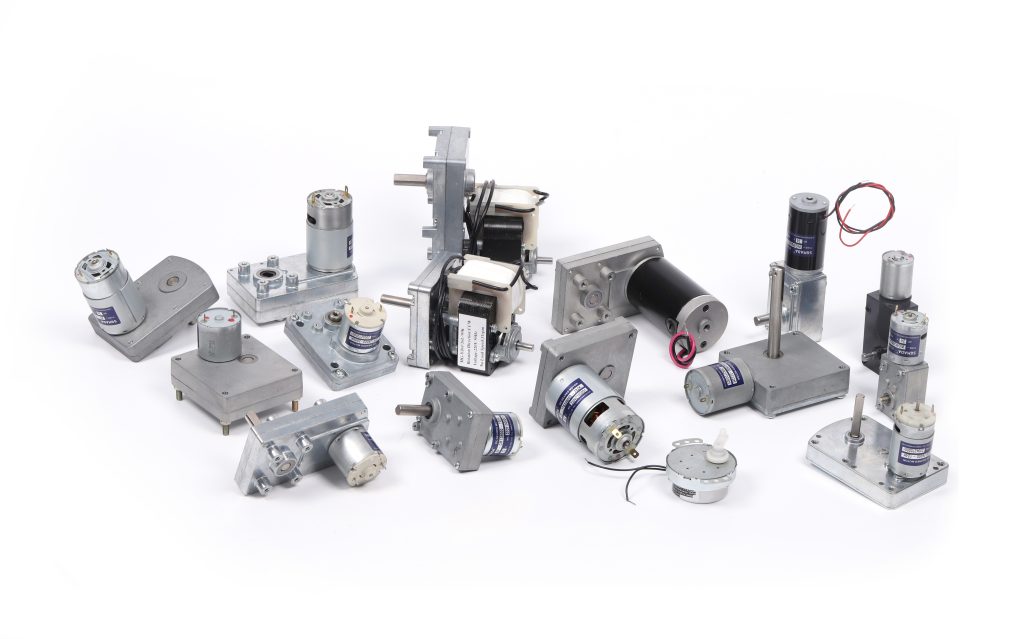Mobile:+86-311-808-126-83
Email:info@ydcastings.com
Stainless Steel 316 Casting - High Quality & Precision Engineering
Understanding Stainless Steel 316 Casting Properties, Applications, and Benefits
Stainless steel 316 is one of the most commonly used types of stainless steel in casting applications. Renowned for its outstanding corrosion resistance, strength, and versatility, 316 stainless steel has become a go-to material for various industries. This article delves into the properties, applications, and benefits of 316 stainless steel casting.
Properties of Stainless Steel 316
Stainless steel 316 is austenitic, meaning it has a face-centered cubic structure, which contributes to its excellent ductility and ease of fabrication. Its composition includes a higher percentage of nickel and the addition of molybdenum, which enhances its resistance to pitting and crevice corrosion in chloride environments. The chemical composition typically includes
- 16-18% chromium - 10-14% nickel - 2-3% molybdenum - Small amounts of carbon, manganese, silicon, and phosphorus
These elements not only bolster its corrosion resistance but also provide durability and strength. The material exhibits good weldability and can be easily formed into complex shapes, making it ideal for casting.
Applications of Stainless Steel 316 Casting
The versatility of stainless steel 316 allows it to be utilized in a wide range of applications across various industries. Common applications include
1. Marine Environments Due to its superior resistance to saltwater and marine conditions, 316 stainless steel is widely used in boat fittings, valves, and pumps.
2. Chemical Processing The ability to withstand corrosive chemicals makes it suitable for pipes, tanks, and other equipment in chemical plants.
stainless steel 316 casting

3. Pharmaceutical and Food Production In the pharmaceutical and food industries, hygiene is crucial. 316 stainless steel is often used for processing equipment, storage tanks, and utensils because it can be easily cleaned and maintains sanitary conditions.
4. Architecture Its aesthetic appeal and durability make it popular in architectural applications for railings, facades, and other structural elements that require both form and function.
Benefits of Using Stainless Steel 316 Casting
The benefits of using stainless steel 316 for casting applications are numerous
- Corrosion Resistance The high corrosion resistance ensures longevity and reduces the need for frequent replacements, making it cost-effective in the long run.
- Strength and Durability The material can withstand high stress and temperature variations, making it suitable for demanding environments.
- Ease of Fabrication Its versatile nature allows for easy machining and fabrication, resulting in custom shapes and designs that meet specific requirements.
- Aesthetic Appeal The shiny, polished finish of 316 stainless steel provides an attractive look, making it ideal for visible applications.
In conclusion, stainless steel 316 casting is a vital contributor to modern industrial applications due to its outstanding properties and benefits. From marine environments to food processing and architectural uses, its resilience and versatility make it an indispensable material in various sectors. As industries continue to evolve, the demand for high-quality materials like stainless steel 316 is expected to remain strong, ensuring its place at the forefront of engineering and manufacturing solutions.
-
Understanding Metal Casting TechniquesNewsApr.02,2025
-
Understanding Exhaust Manifolds for Enhanced Engine PerformanceNewsApr.02,2025
-
The World of Metal FabricationNewsApr.02,2025
-
Key Components for Pump and Turbo EfficiencyNewsApr.02,2025
-
Essential Tools for Automotive Maintenance and RepairNewsApr.02,2025
-
Durable Valve Components for Effective Water ManagementNewsApr.02,2025











